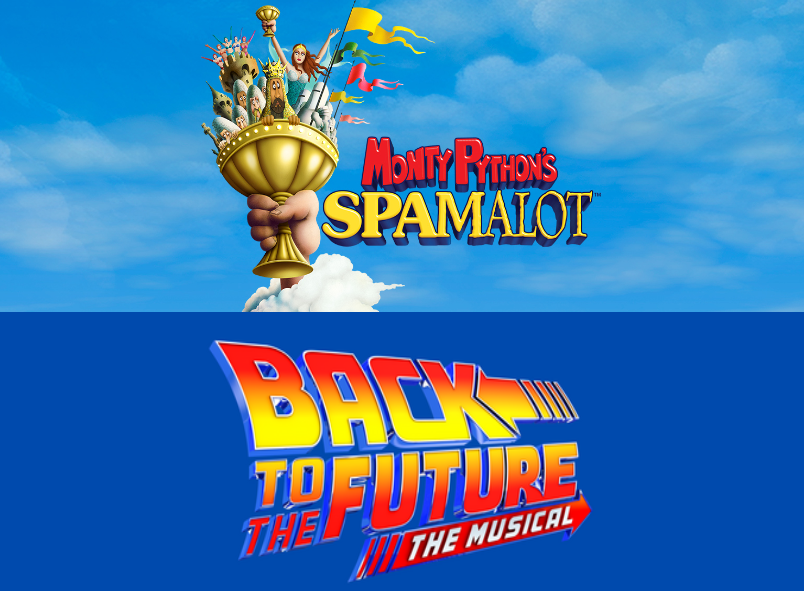Part 1:
During the summer of last year, I attended my church’s “coming of age” class. Every other Sunday, all of the 15 and 16-year-olds of the congregation would get together to learn and discuss different religious ideas. The yearly culmination of the class was a full church service that teens would get to plan and lead, based entirely on our own ideas and interests.
Around mid-March, we began preparing for the service. As a group, we learned about what elements typically went into one – the sermon, songs, joys and sorrows, and a story-for-all-ages, – and then started adapting it into our own creation. We shared ideas for the theme we wanted to convey, the beliefs we wanted to present in place of a sermon, and the songs we wanted to perform. For my part, I decided that I wanted to write the story-for-all-ages. As this short story was for kids and adults alike, I knew that I needed to make it engaging. The question was, how?
Part 2:
When I was little, during long car rides, my parents would put on an album called “The Town Around the Bend,” by Bill Harley. It wasn’t a music album, per se, but rather a collection of original bedtime stories interspersed with songs, and my seven-year-old self loved it. Something about how Harley told these stories would just draw me in and keep me entranced.
Over the years, as I grew and learned, I kept those stories close to my heart, and later when I needed to figure out how to make my own story engaging, they were where I turned. As I was re-listening to Harley’s stories, I paid attention to how his delivery transformed what could otherwise be a mundane anecdote into such a fun listening experience. In many of his stories, I noticed a frequent (and I mean frequent) repetition of specific words and phrases. It would often emphasize Harley’s jokes, or act as a joke in its own right, while also helping with the story’s pacing – giving audience members a chance to keep up. It also kept the tales memorable as I realized that most of the parts that I recalled so strongly from Harley’s stories were those moments that got recited over and over. So when writing, I resolved to employ some of that repetition to make my story engaging for all ages. But there was another element to Harley’s stories that made them so enjoyable for both me and for my parents in the car, one that I couldn’t quite put my finger on.
Part 3:
Rodney Glascow is the head of school here at SSFS, and if you’ve been to an assembly you’ve likely heard one of his anecdotes. He frequently starts his speeches by tying a personal experience to a moral takeaway. I was curious about Rodney’s process of choosing what stories to tell and how he makes them interesting, so I asked him about it in an interview.
The first thing that I learned is that Rodney doesn’t script out the stories he tells. “I try to just have an idea…some talking points, or a few big concepts – a little bit of a structure,” he told me. When organizing a speech, Rodney always starts with the purpose of the assembly. Whether it’s a specific theme, a relevant current event, or just an important subject on his mind and on his heart, he’ll think, “what have I experienced about that?” or “what experience do I want to share about that?” Rodney likes to tell personal anecdotes because they can connect with the audience, saying “I try to tell stories that are personal to me, but there’s some universal theme or some common thing that, as you’re sitting there, you could connect with.” By allowing the audience to draw their own conclusions, “it doesn’t feel like I’m trying to teach something; I’m just trying to share something.” To me, this approach of an open-ended moral seemed very similar to the queries in the Quaker meetings for worship, and Rodney agreed. “Absolutely,” he told me. “Everybody can be in the same moment and take away something different.” He also advised me to stay on-track saying, “[y]ou want to make sure there’s a point, a reason why you’re telling the story. I try to keep coming back to that theme and give examples of the theme within telling the story.”
The most important lesson that I learned from my interview with Rodney was that a compelling story has to have an emotional core from which different people can draw different conclusions.
That strong core of connection was the missing piece I finally understood about Bill Harley’s stories. Whether recounting a genuine experience, like my favorite of his stories, “Yeast Rolls,” or telling a story about something rooted in imagination, like “Strawberry Peach Sky,” both little kids and their parents could resonate with different parts and take different morals from the same story. As Rodney put it best, “That’s the great thing about a good story, is that different people will find different connections with it.”
The Result:
By analyzing Bill Harley’s stories, I learned to use repetition and humor to make a story engaging. From my interview with Rodney, I got advice about sticking to a strong emotional core and creating content that appeals to a variety of audience interpretations. Using everything I’ve learned, I’d like to present the final story that I wrote for my church. Notice the points of repetition I included and the different parts that kids and adults might identify with and learn from.
Our story today takes place in a small neighborhood. Everybody in the neighborhood knew each other. They would host neighborhood potlucks and get-togethers, and their kids would play together. In the spring, the kids would run around and around and around all day with each other. In the summer, they went walking. They didn’t worry about school or homework (ughh). Their parents would watch as they biked together every day. As they biked down their street, they would pass Luli on his porch or sitting on the curb, and they would wave to him. Everybody knew Luli; he had lived there in that neighborhood longer than anyone else. He would sit on the side of the curb, at the end of the cul-de-sac next to the corner store, with a stack of multicolored paper next to him. When a kid asked what the paper was for, Luli would ask them to pick their favorite color. The kid would watch his quick fingers folding and hands creasing their page, until in those hands sat an origami flower. (At this point, I brought out origami flowers I had made to give to every kid.) In the fall, Luli started showing up less often. For the first week of winter, he wasn’t at the curb. Then the next week. The children asked where he had gone and if he would come back, and all their parents could say in response was that he had been getting older, and they didn’t know if he’d be back. He didn’t come back the next spring nor the next summer. Seasons passed, and the kids were growing up. They stopped running around and around and around because they didn’t have the energy or the time. In the summer they were working. They started spending more time at school and doing homework (ughh). They stressed about high school and college. Some crumpled up their origami flowers and threw the childish trophies away – to the side of the road, to the side of the curb, to the end of the cul-de-sac next to the corner store. Others simply forgot, and their flowers were left behind in the mess of their lives as they moved on to bigger things. The cold fall rains came down and dissolved the paper. The winter snow covered up the memories that had dwelled there. Until spring. The paper flowers were gone now, but inside of every flower he ever gave out, Luli had slipped a bit of soil and a tiny seed. Every paper flower tossed aside now sprouted and grew into flowers, grew just as the children grew into teenagers. The pavement cracked to make way for the colorful blossoms. And the new kids, the young ones who would run around and around and around all day, were the ones who picked them and put them in beautiful little bouquets.







